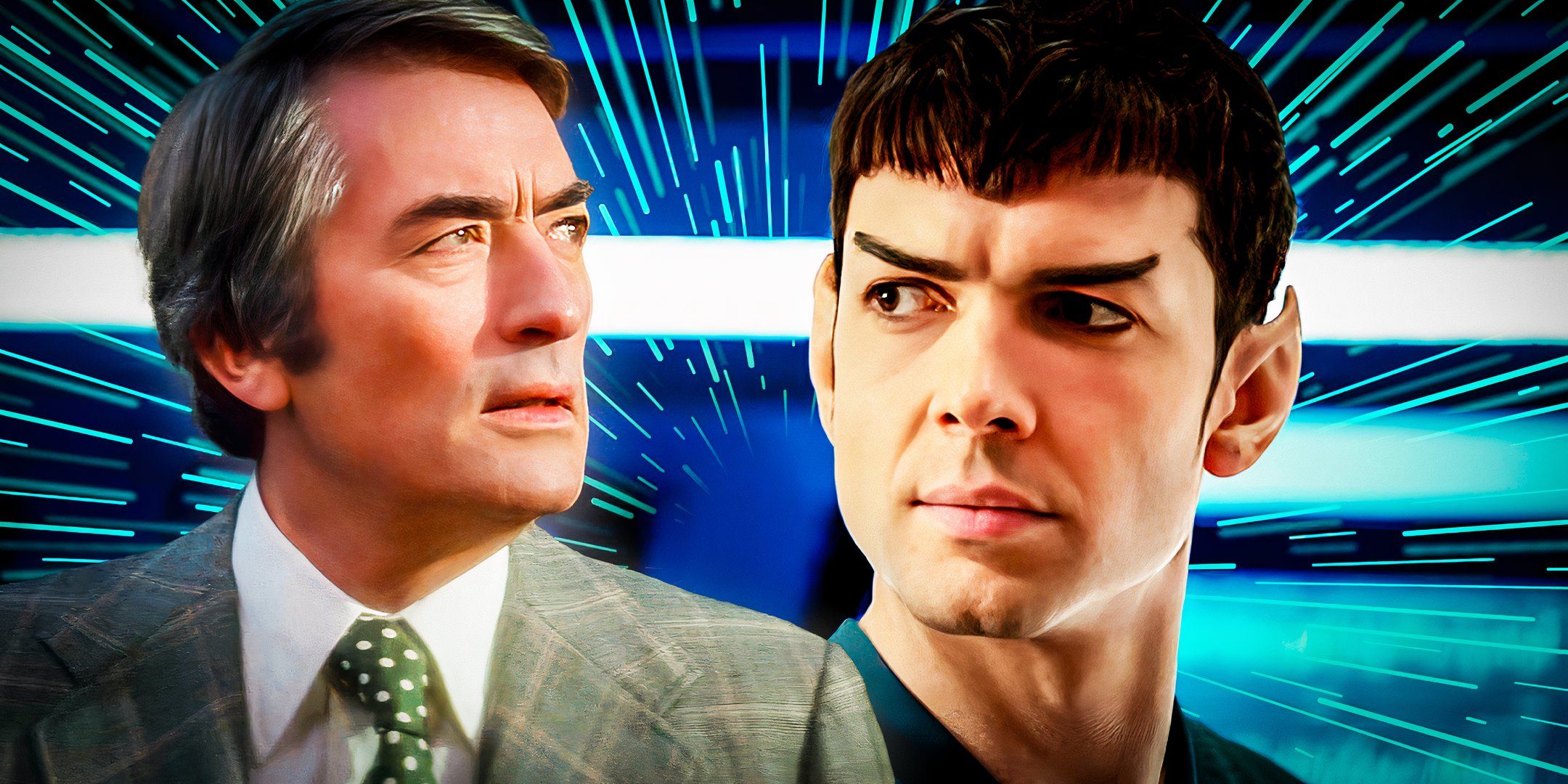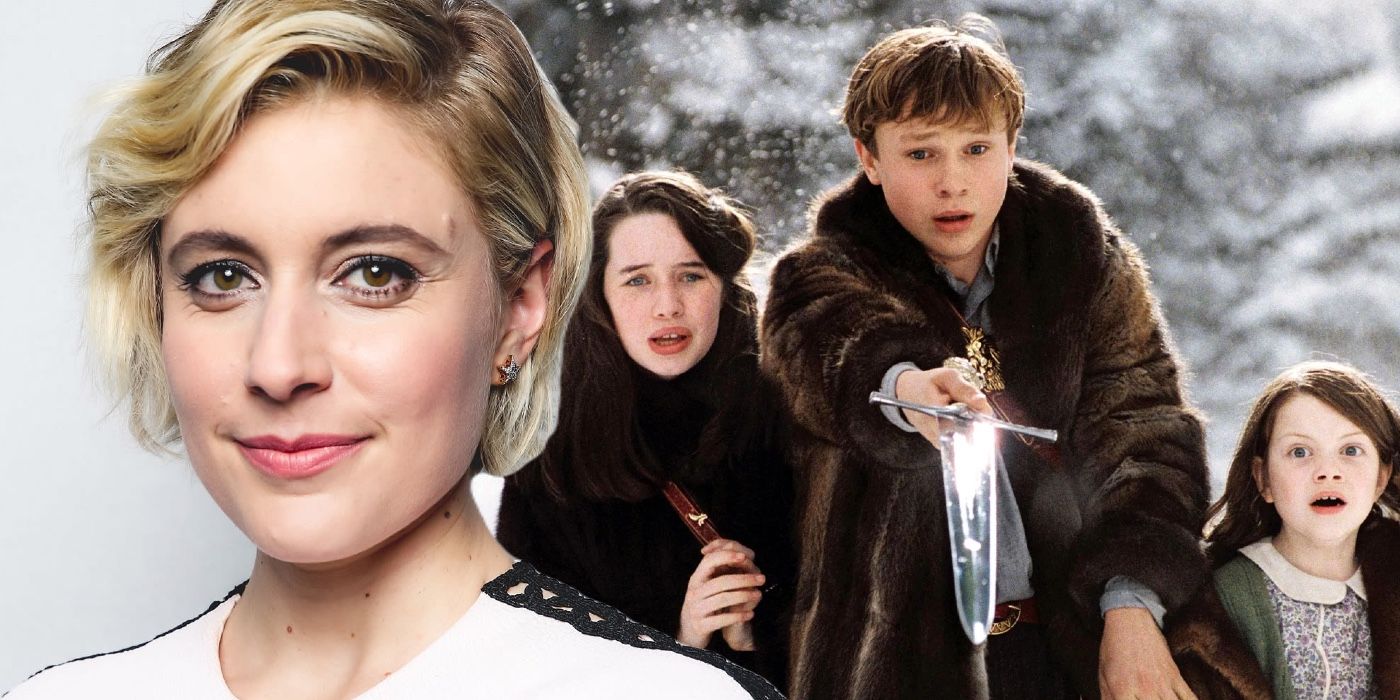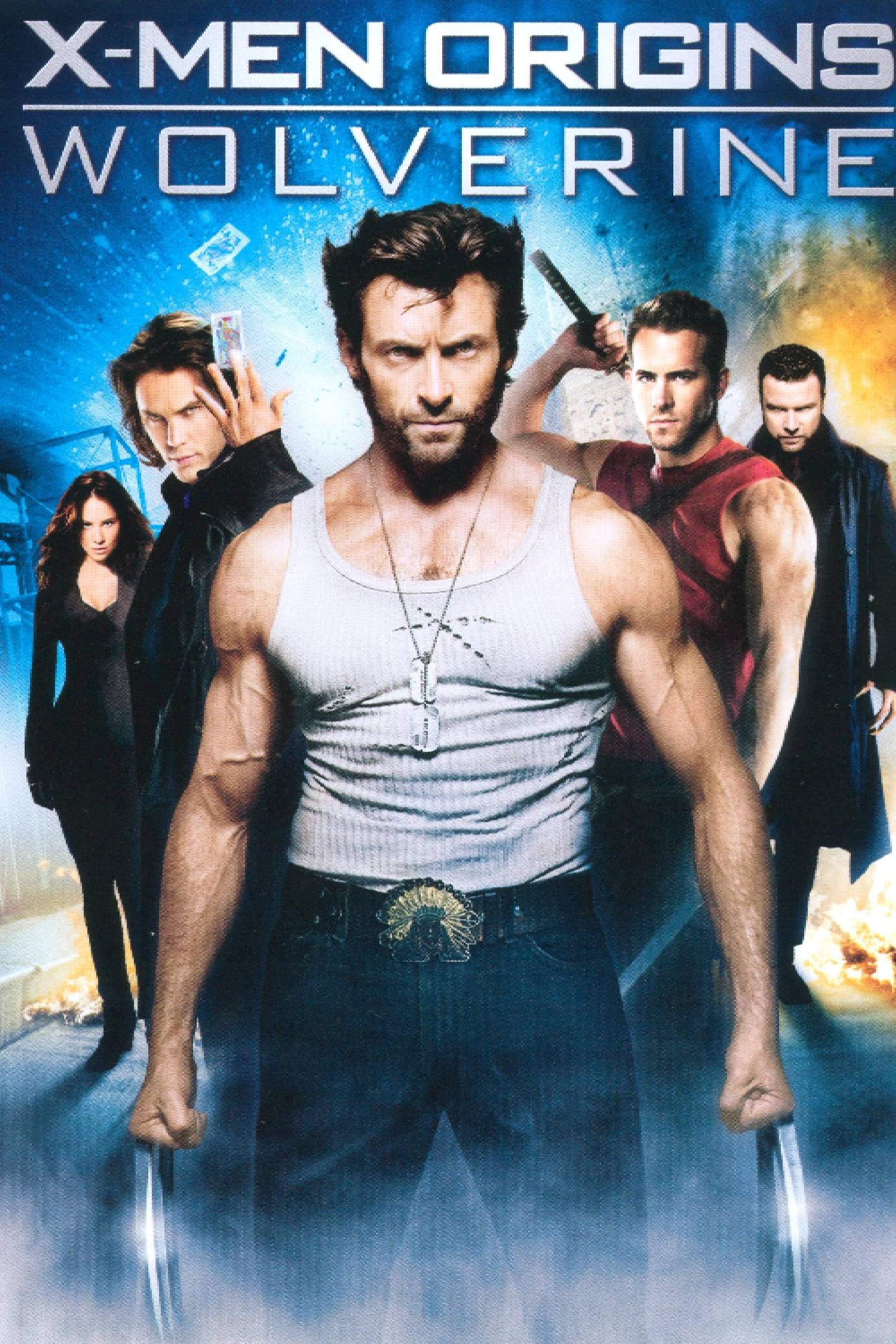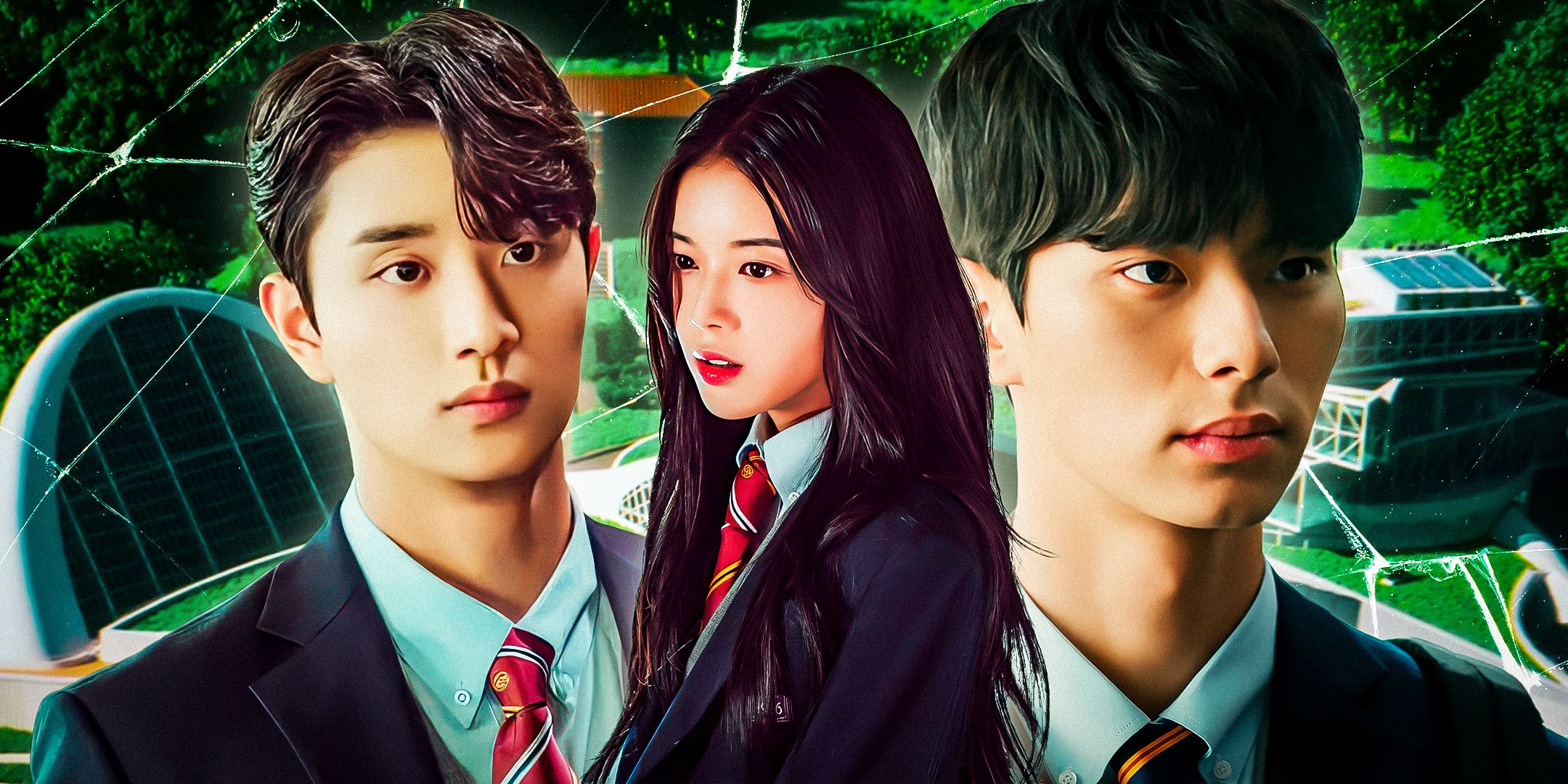Godzilla Minus One is jam-packed with unique details, small nods, and callbacks to other Godzilla movies that are easy to miss on a cursory watch. Something of a re-imagining of the original 1954 Godzilla, Godzilla Minus One is the latest original Japanese production in a long line of Godzilla films as of 2024. Despite establishing its own story that doesn’t share continuity with any other Godzilla entry, Godzilla Minus One is nevertheless filled to the brim with clever callbacks and intricately-crafted references.
Many of these hidden gems hearken back to the original Godzilla film from 1954 that started the King of the Monsters legacy, as well as revolutionizing the giant monster genre in general. However, some of the later, less serious titles in Godzilla’s vast catalog are also appreciated, with a few key moments hearkening back to the kaiju’s cinematic history. In addition to this, Godzilla Minus One‘s post-World War II Japan setting includes some painstakingly accurate references to real world history, telling entire stories through small background details.
14
Godzilla’s Roar Is Sampled Straight From The Original Film
The King of the Monsters’ battle cry should sound familiar
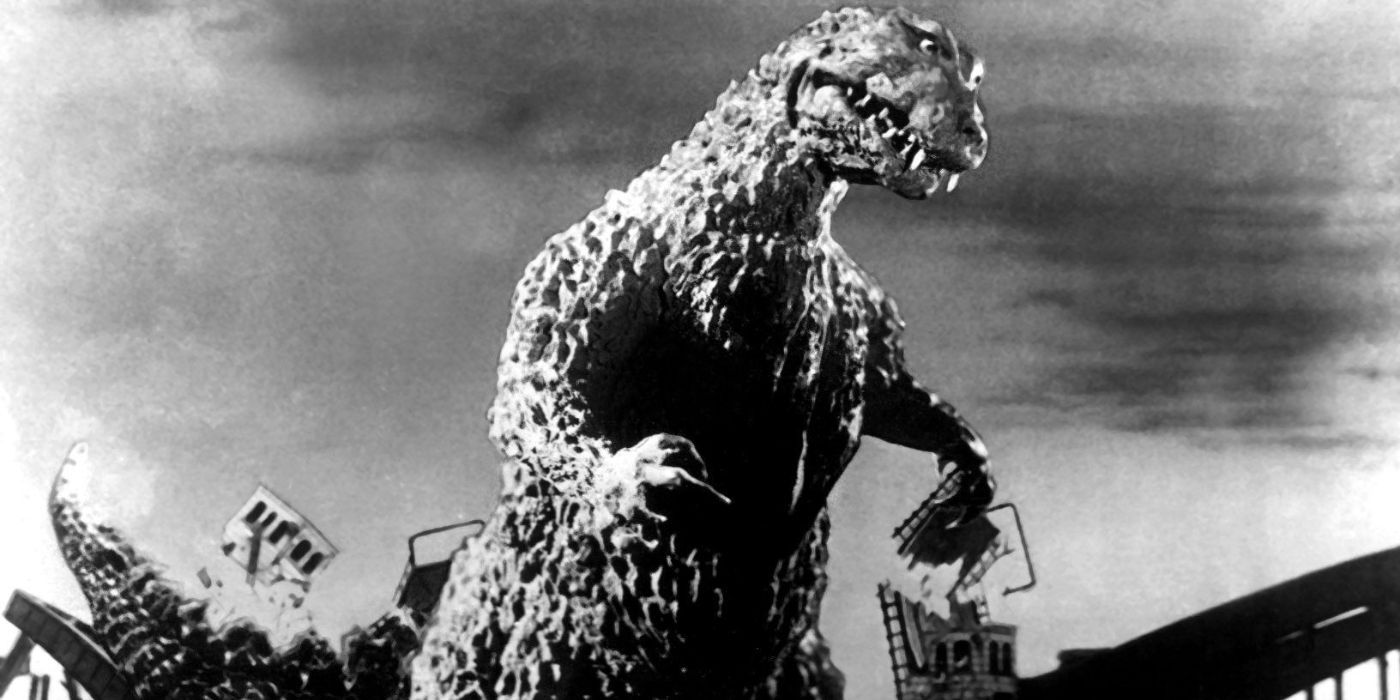
One of the undisputed triumphs of Godzilla Minus One is the film’s stellar sound design. Among the explosions, fearful cries of terror, and whine of military vehicles, the roar of Godzilla himself is the standout piece of audio, sending chills down the spine of anyone who hears it. This roar is not only similar to the creature’s signature cry in any of the classic Godzilla movies, but is in fact lifted directly from the audio of the very first film, 1954’s Godzilla.
Rather than creating a new roar that merely sounded like the original, the crew of Godzilla Minus One instead opted to simply play the roar from Godzilla through real speakers on set. This allowed the many background actors to convincingly react to hearing Godzilla’s classic bellow of dominance, working nicely with the addition of the original roar in the final edit. In the 1954 film, Godzilla’s signature sound was created by rubbing a rubber glove along the strings of a double bass.
13
Godzilla’s Rampage In Tokyo Is Similar To His First Appearance
Godzilla Minus One clearly holds reverence for its predecessor
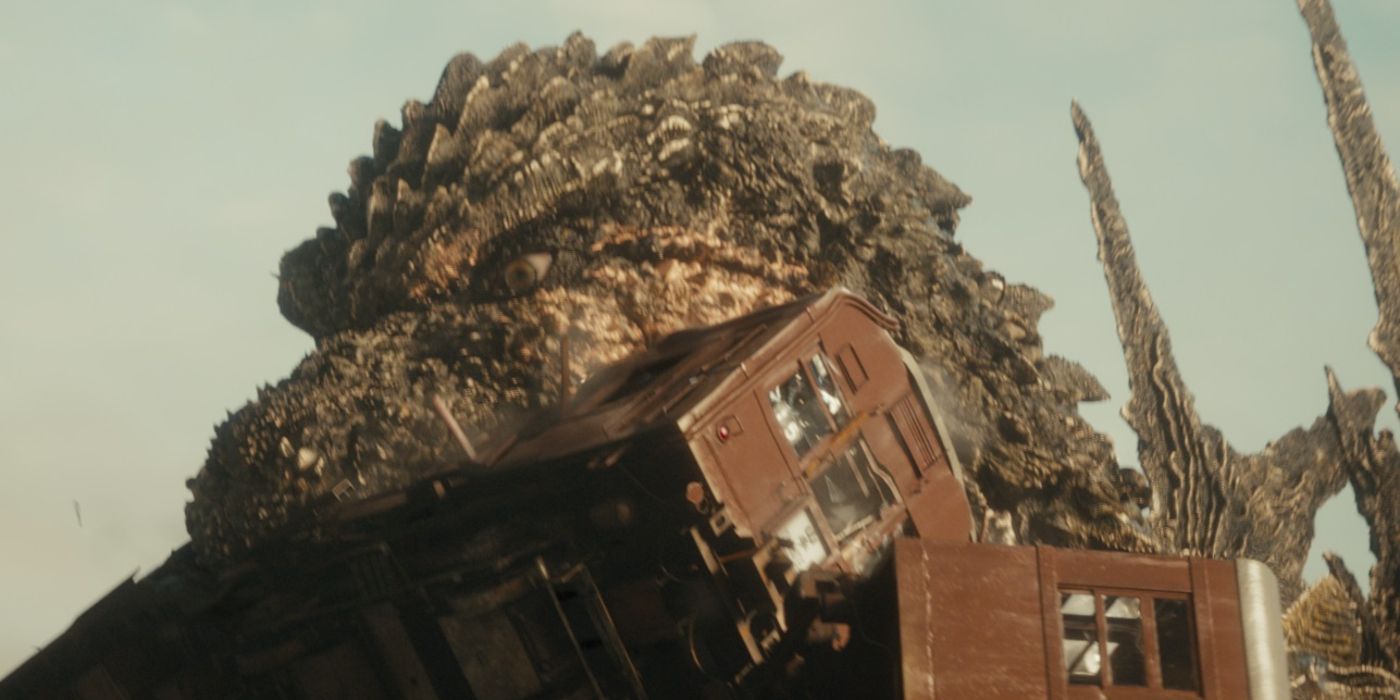
The sound profile of Godzilla’s biology in Godzilla Minus One was far from the only thing to take inspiration from the original 1954 film. When the irradiated Godzilla makes landfall in Tokyo’s Ginza district, he wreaks utter havoc on the already battle-torn city, crushing fleeing bystanders and concrete buildings alike underfoot. However, certain actions in his tantrum are almost on-to-on re-creations of his very first rampage in 1954’s Godzilla.
The action scene in Ginza has many visual callbacks to Godzilla, the most prominent of which being the moment in which Godzilla takes a bite out of a commuter train and whips it around in his mouth like a chew toy. Other clear references to the scene include the destruction of the Nichigeki theater, the deaths of hapless news reporters, and the toppling of the Wako building. In this way, Godzilla Minus One almost felt like a pure redux of the first Godzilla movie with the benefit of modern special effects.
12
Godzilla’s Death References Giant Monsters All-Out Attack
As well as real-life World War II battles
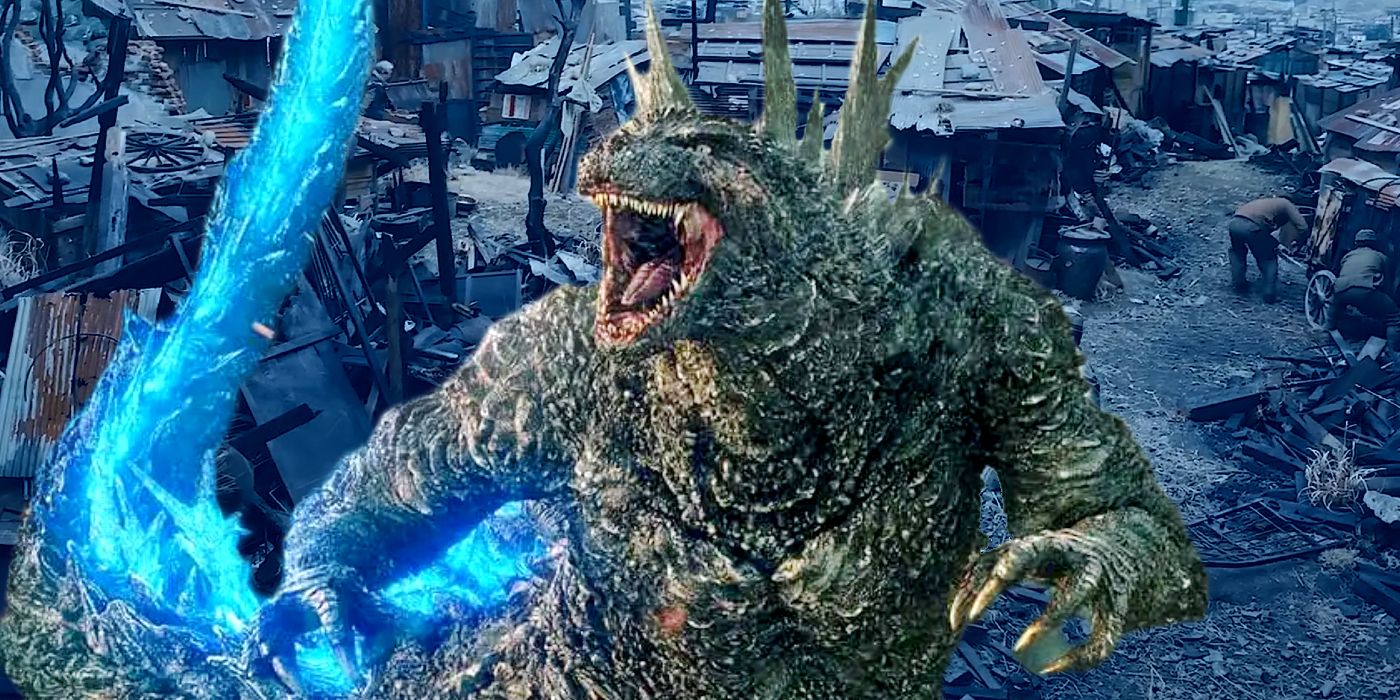
Godzilla isn’t the only film in the franchise to be referenced by Godzilla Minus One, with the lengthily-titled Godzilla, Mothra and King Ghidorah: Giant Monsters All-Out Attack also getting a clear visual homage. The death of Godzilla via internal destruction from his own atomic ray parallels the ending to that film, which starred Godzilla as a villain despite sharing the screen with other monsters. Additionally, the heartbeat that can be heard, implying that the creature somehow lived through the ordeal after all, is lifted straight from Godzilla, Mothra and King Ghidorah: Giant Monsters All-Out Attack, as well.
As the humans of Godzilla Minus One watch the monster slip back into the sea, they give their enemy a stoic salute. While this also happens in Godzilla, Mothra and King Ghidorah: Giant Monsters All-Out Attack, it also references real-world history. In one documented naval battle between the U.S. and Japan in World War II, the captain of the Japanese destroyer, the film’s own Yukikaze, allegedly gave a similar salute to the USS Johnston as it sank.
11
The Appearance Of Odo Island Calls Back To Godzilla
Minus One isn’t the fictional location’s first appearance
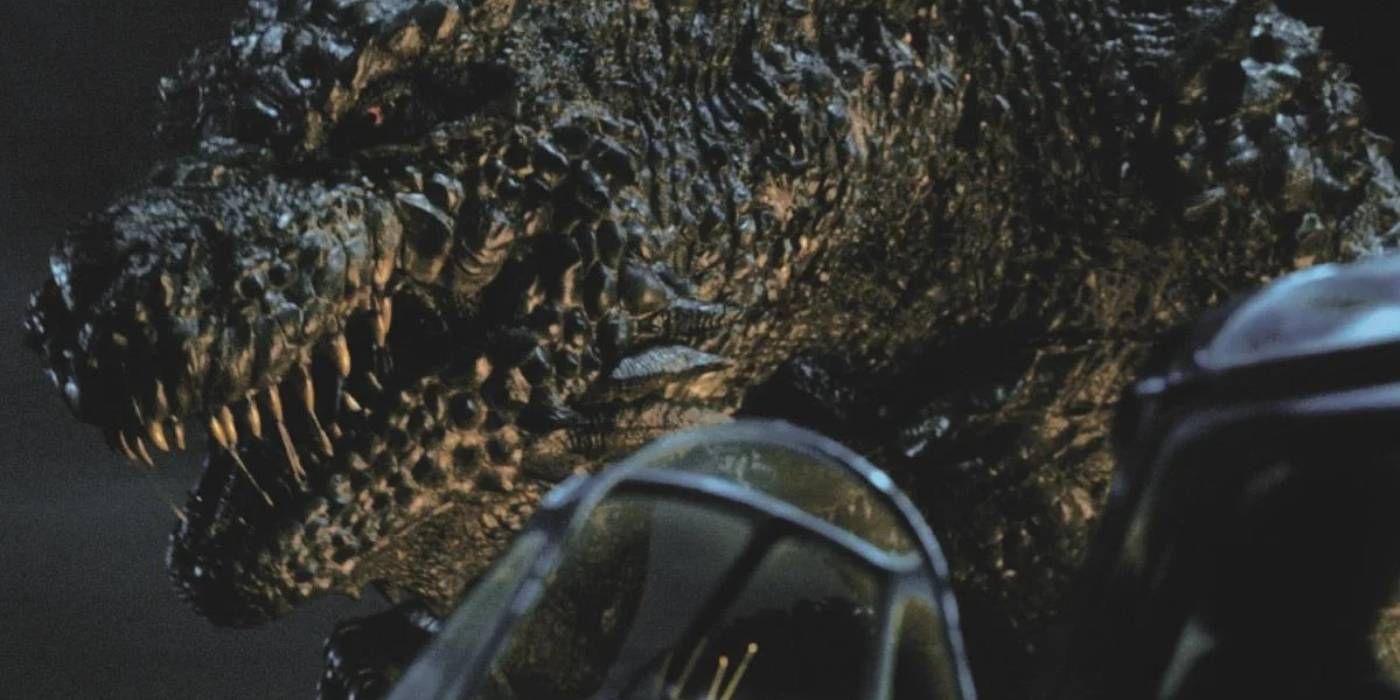
Godzilla Minus One opens with its protagonist, the kamikaze pilot Koichi, landing his plane on a tropical island after a supposed malfunction of his aircraft. Koichi’s excuse for turning around and landing on the island turns out to be fictional, just like the island itself. Odo Island is not a real piece of land in the Pacific Ocean, but has shown up in Godzilla movies before. In 1954’s Godzilla, Odo Island appears early on in a similar capacity. A raft full of survivors from a Godzilla attack washes up on its shores, describing the creature that destroyed their vessel as the Godzilla of the island’s own folklore.
Godzilla Minus One maintains this tradition, with the beast being explained to Koichi as a mythical figure described to the Japanese military by the island’s superstitious locals. In both cases, Odo Island ends up being the first place Godzilla attacks. In addition to that, the name of the ship the sailors from the original film escaped from is Eikomaru, the same name as one of the tugboats that helps pull Godzilla up from the depths in the climax of Godzilla Minus One.
10
Godzilla Minus One Remixes Old Godzilla Films
Musical cues were taken from original composer Akira Ifukube
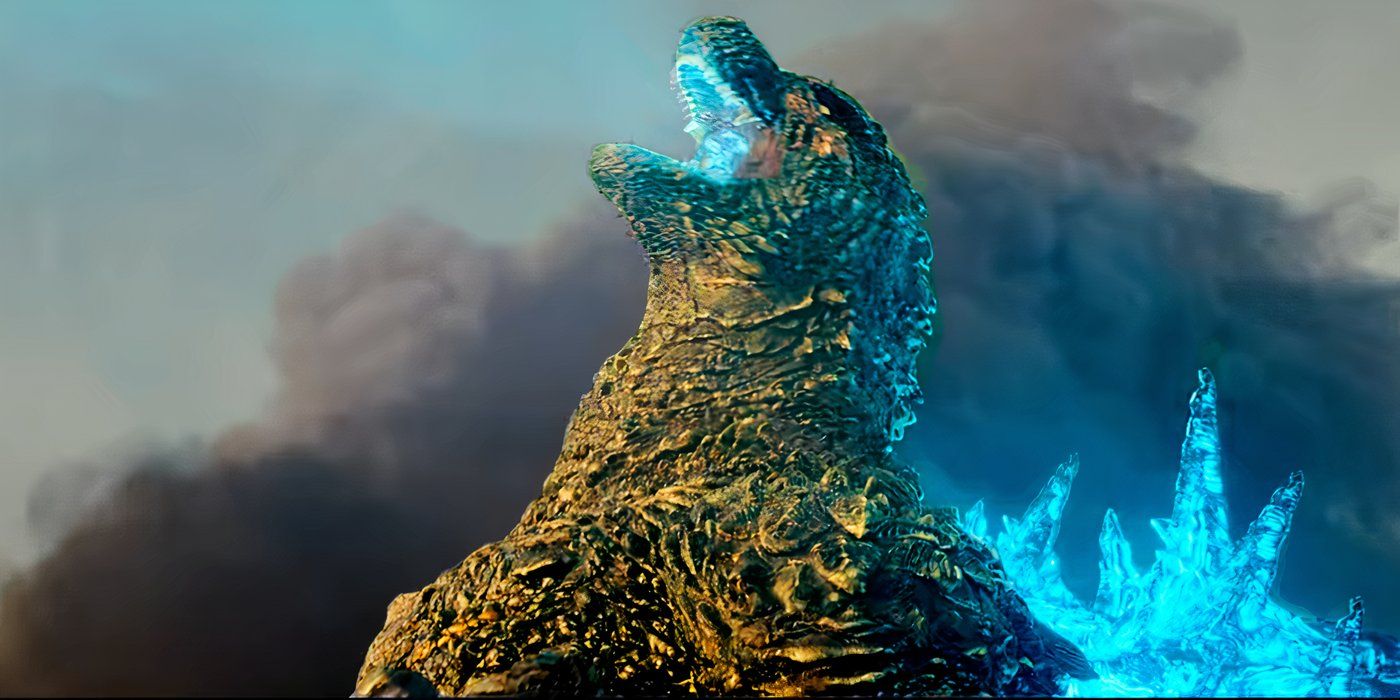
The many different versions of Godzilla that have appeared over the years share many things, not the least of which among them being a theme song. The iconic low notes of Akira Ifukube’s original score for 1954’s Godzilla helped sell the lumbering threat of the massive beast, making it abundantly clear when the destruction would begin in earnest. In Godzilla Minus One, the version of this theme theme used in Mothra vs. Godzilla is once again reprized during some of the film’s most intense action setpieces.
Godzilla Minus One was far from the first time that Godzilla’s classic theme song from earlier movies was re-used. The most recent Japanese-made Godzilla film before it, Shin Godzilla, also leaned on Ifukube’s famous Godzilla backing track. However, Godzilla Minus One also branched out a little further in its musical references, including another track in the climax that incorporates the original Godzilla score with the soundtrack from 1962’s King Kong vs. Godzilla.
9
Koichi’s First And Last Name Are Both Subtle Homages
Godzilla Minus One’s protagonist references history and filmmaking
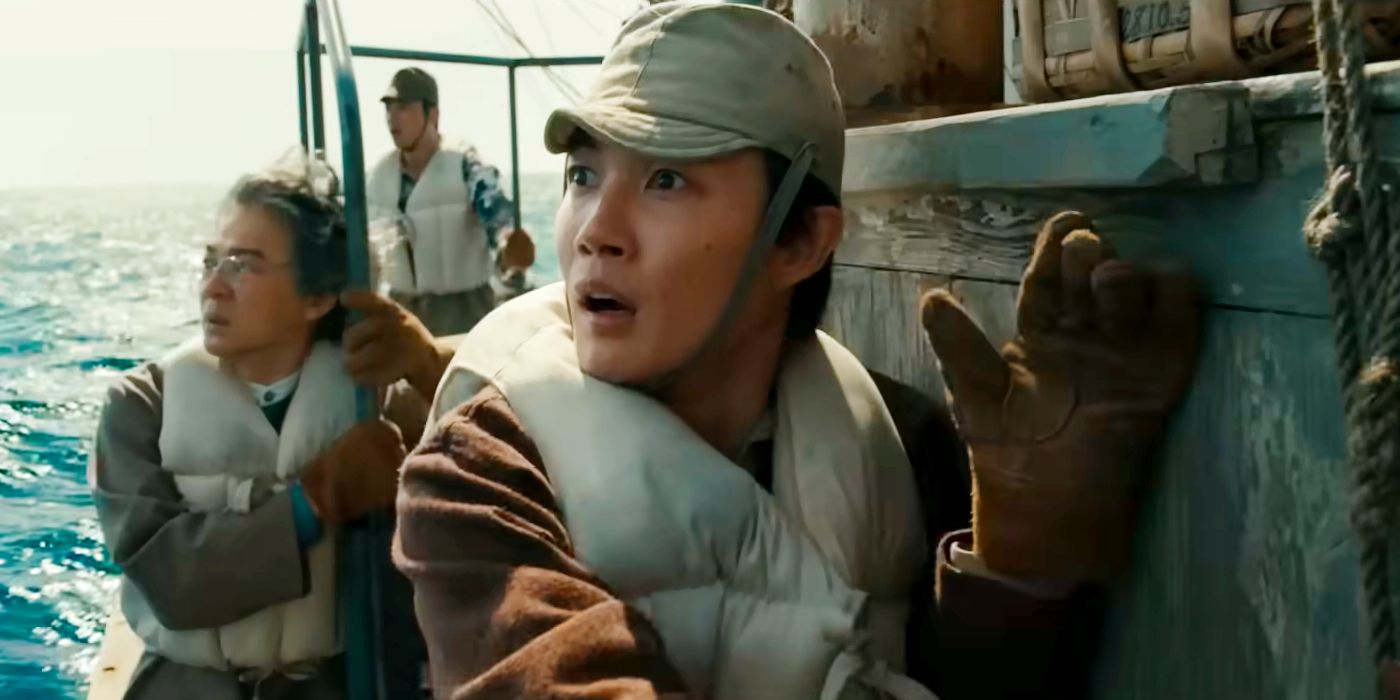
The level of the detail that went into writing Godzilla Minus One can be appreciated down to the very naming conventions of its characters. The film’s protagonist, Koichi Shikishima, references both real-world history and the making of previous Godzilla films. Koichi shares a first name with Koichi Kawakita, the special effects coordinator behind the scenes of every Godzilla film from 1985 to 1995.
Koichi’s surname, Shikishima, also bears a relevant weight in the events of the film. The name of the first air squadron to carry out a kamikaze attack in World War II was known as the “Shikishima” squadron, which sank the USS St. Lo in 1944. This stands in stark opposition to Koichi’s own status as a kamikaze pilot, which he initially rejected out of fear before taking one last flight against Godzilla himself.
8
Noriko Is Blinded In The Same Eye As Dr. Serizawa In Godzilla
The series’ recurring human scientist is given a small nod
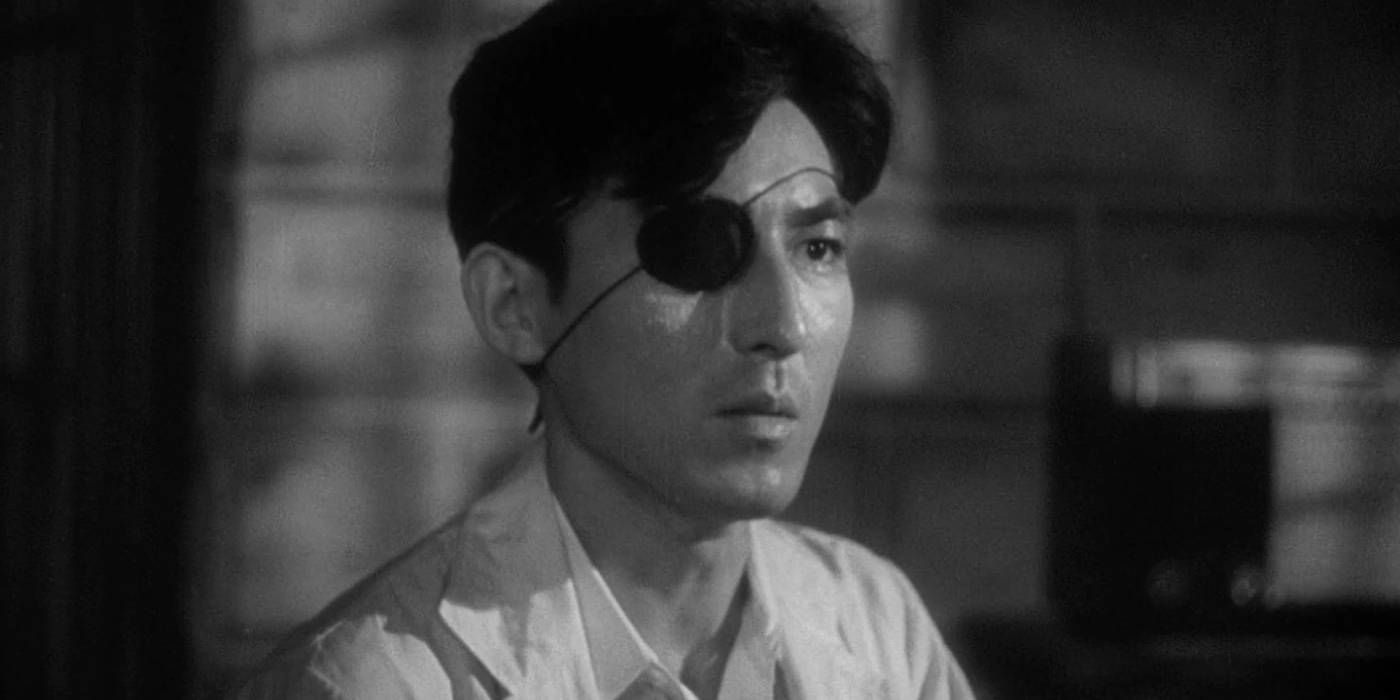
The end of Godzilla Minus One sees Koichi reunited with Noriko, who miraculously survived the blast of Godzilla’s atomic breath despite suffering from heavy injuries. One of the most obvious is a massive bandage encompassing her forehead and the side of her face, completely covering up her right eye. Notably, this is the same eye that Dr. Serizawa, the scientist who comes up with the solution to kill Godzilla in the original 1954 film, wears an eyepatch over.
Dr. Serizawa reappears in Legendary’s Monsterverse, as a Monarch scientist who has studied Godzilla all his life. Played by Ken Watanabe, this version of Dr. Serizawa doesn’t wear an eyepatch, but he does have the honor of sharing one of the few moments of gentle human interaction with Godzilla across his lengthy on-screen history. While Serizawa himself doesn’t show up in Godzilla Minus One, former Navy weapons scientist Kenji Noda fulfills a similar role.
7
The Deep Sea Fish Heralding Godzilla’s Arrival Reference The Oxygen Destroyer
While also being accurate to real-world science
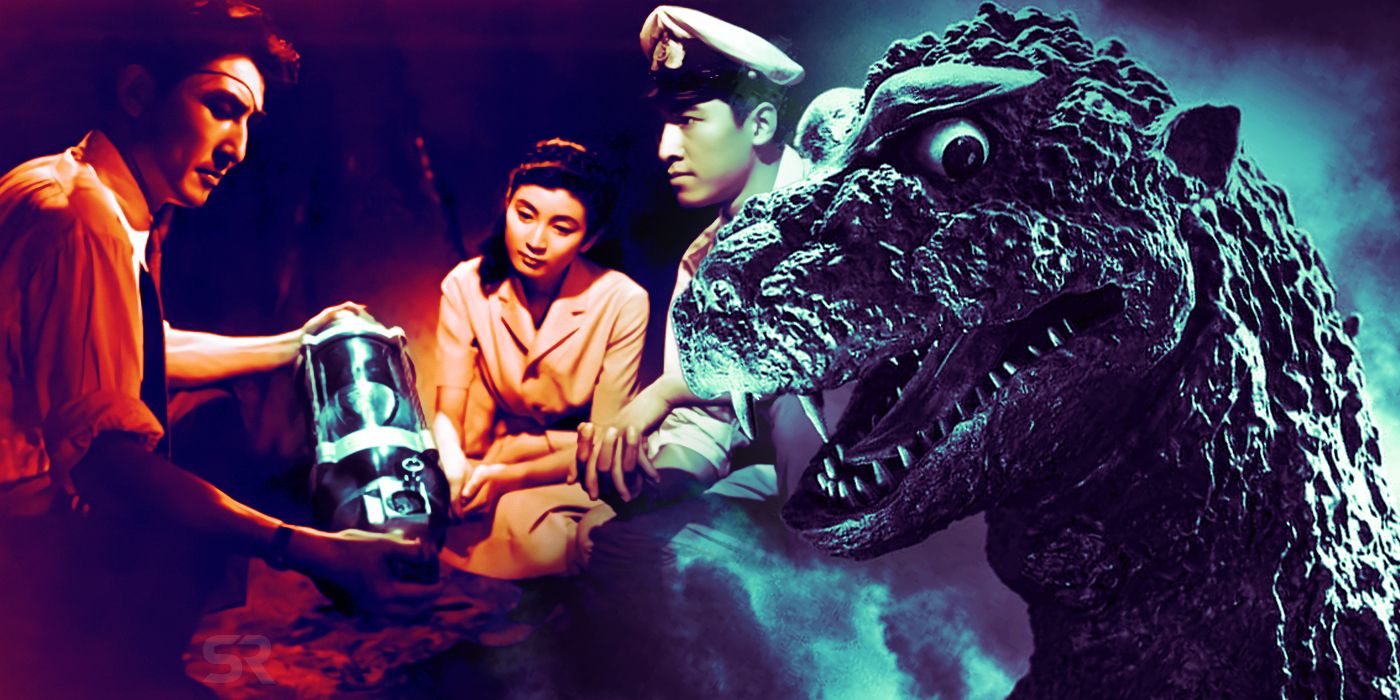
In Godzilla Minus One, one of the most chilling sights was the sudden appearance of dead deep-sea fish floating along the surface of the ocean. Signaling that a Godzilla attack was imminent, the sight of belly-up sea life can be attributed to the massive changes in oceanic pressure Godzilla’s movements cause, instantly killing entire schools of deep sea fish. The scenes featuring the fish are evocative of the first test of the Oxygen Destroyer in 1954’s Godzilla, which exemplifies the horrific nature of the weapon.
Beyond being yet another subtle nod to the first Godzilla movie, the capsized fish also ground the story in real life science. The deep-sea fish even have their tongues and other organs sticking out of their mouths due to the sudden changes in barometric pressure causing their swim bladders, used for controlling buoyancy, to expel gas. This is a documented scientifically-accurate phenomenon which also foreshadows Godzilla’s own death due to pressure differentials later on in the film.
6
Pre-Nuclear Godzilla Calls Back To Godzilla Vs. King Ghidorah
A rare redux of Godzilla’s origin story
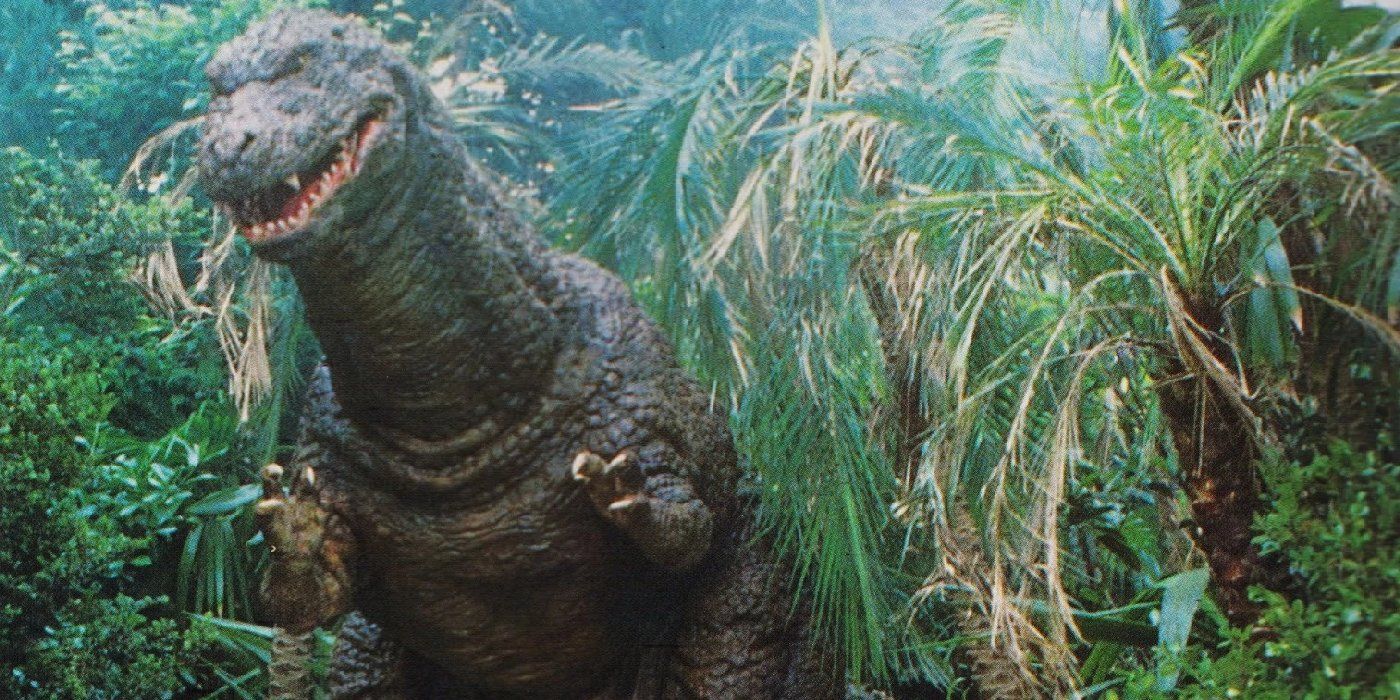
No matter the version, Godzilla’s origin story is typically accepted as a massive pre-historic creature from another age trapped within ice, only to be mutated and reawakened by nuclear testing. In most films, Godzilla never shows up until after this event occurs off-screen, being already an atomic breath-spewing force of destruction by the time he arrives. However, Godzilla Minus One has the rare distinction of being one of the few Godzilla movies to show what the King of the Monsters looked like pre-nuclear bomb.
The appearance of a “natural” Godzilla untouched by radiation early in the film is similar to 1991’s Godzilla vs. King Ghidorah. In that film, Godzilla’s origins as a dinosaur, named “Godzillasaurus”, are explored, giving a brief glimpse at the monster’s life before being transformed by radiation. This mirrors Godzilla’s first appearance in Godzilla Minus One, terrorizing Odo Island long before becoming charged with nuclear energy.
5
Noriko Is Infected With Godzilla Cells
The black mark on her neck isn’t a simple burn
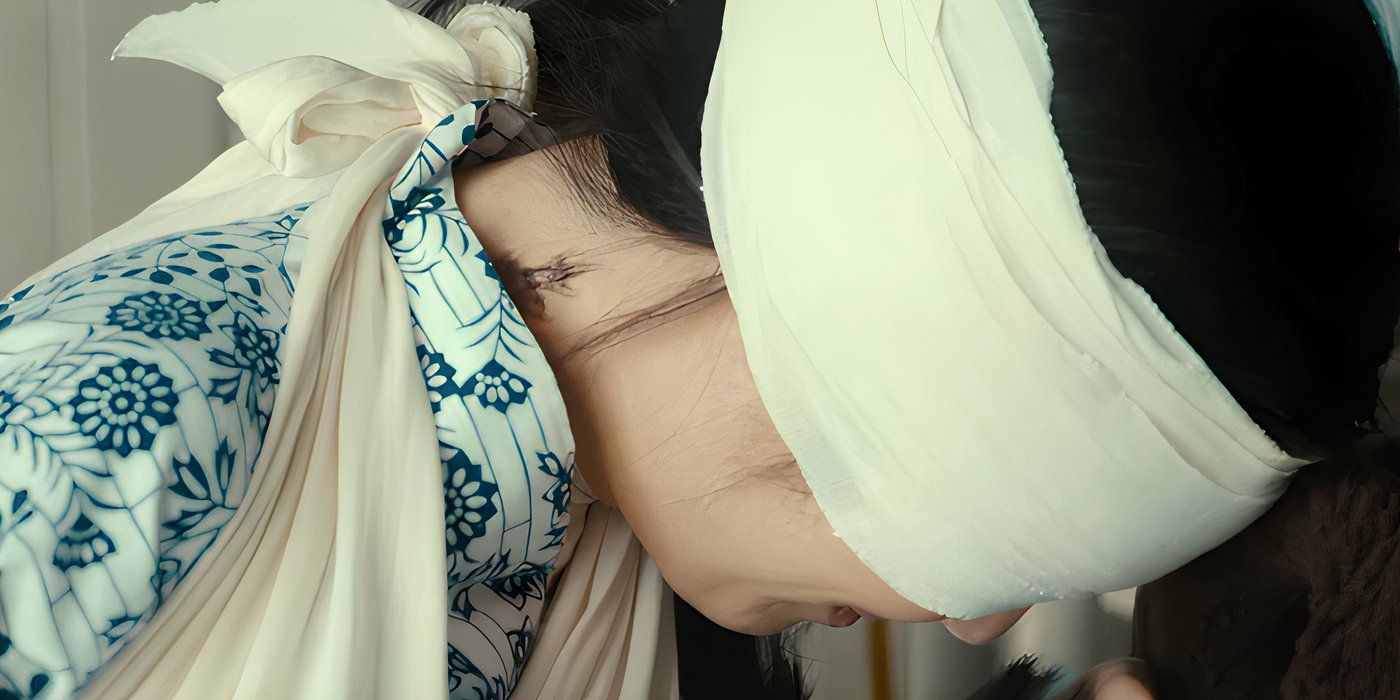
The reveal that Noriko is alive is a breath of relief for protagonist Koichi, who never gets the chance to tell her how he feels. Unfortunately, her the joy of her survival is undercut by the appearance of a mysterious black mark on her neck, which Koichi notices. Godzilla Minus One‘s director, Takashi Yamazaki, has since confirmed the black mark on Noriko as Godzilla’s cells.
Godzilla’s cells being capable of impossible feats of biology is nothing new to the movies, with Godzilla vs. Biollante and Godzilla vs. SpaceGodzilla both introducing villains that came into being thanks to the so-called “G-Cells.” In the context of Godzilla Minus One, this lasting mark likely serves as a metaphor for the nuclear radiation sickness experienced by those who survived the initial blast in the real-life bombings of Hiroshima and Nagasaki. What exactly this mark means for Noriko’s future is left unknown.
4
The U.S. Occupation Of Japan Is Alluded To
Despite no American soldiers ever being shown
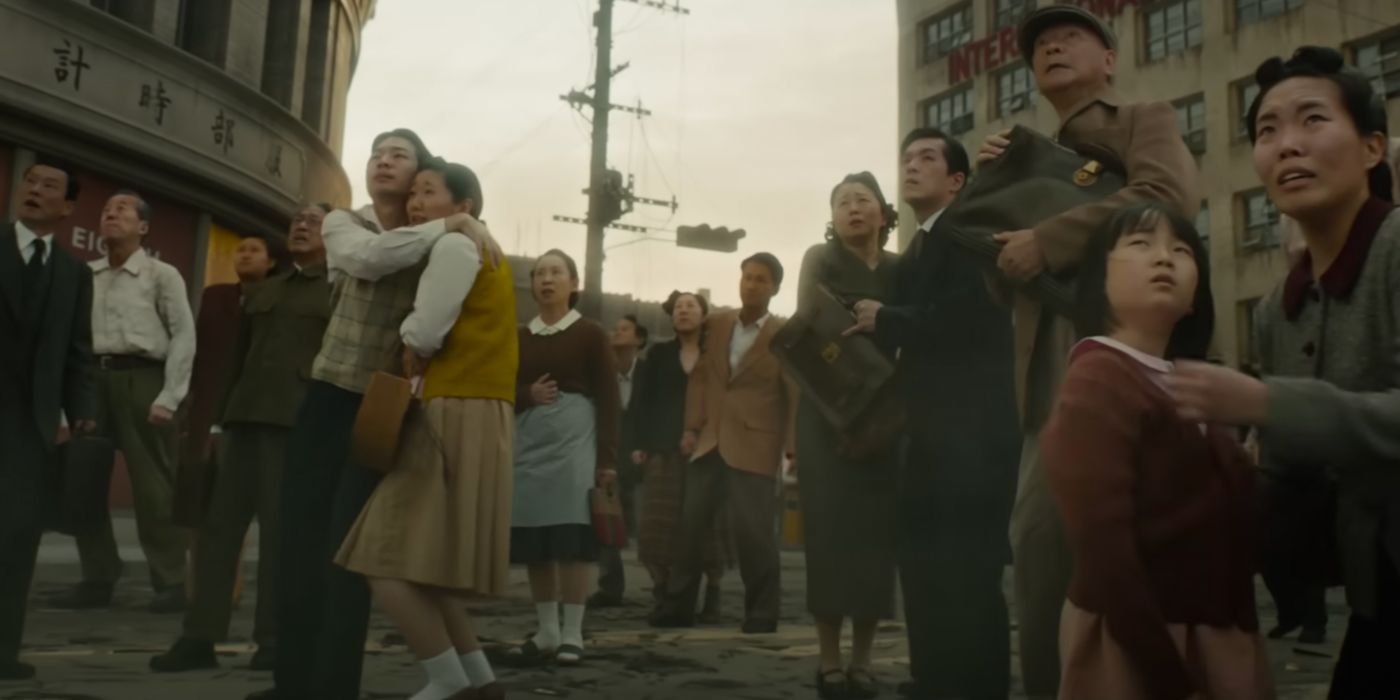
As the film advances to 1946, the wake of Japan’s unconditional surrender to the United States after the dropping of the atomic bombs is mentioned multiple times. The U.S. military is depicted as not willing to get involved with protecting Japan from Godzilla once the creature makes it out of the water, leaving it up to the demilitarized population to enact their own plans. While U.S. Army soldiers are never directly shown at any point in Godzilla Minus One, their presence is surreptitiously alluded to for a brief moment.
At one point, after the time skip, three Japanese women are seen walking down the street smoking cigarettes. Strangely, all three are wearing distinctly American clothes, standing out from the other Japanese citizens. This manner of dress implicates them as sex workers in the red light industry, likely soliciting United States troops stationed in the area. In this way, the film alludes to the presence of the American Army without ever outright showing them.
3
The J7W Shinden Was A Real Experimental Aircraft
With instructions foreshadowing Koichi’s survival
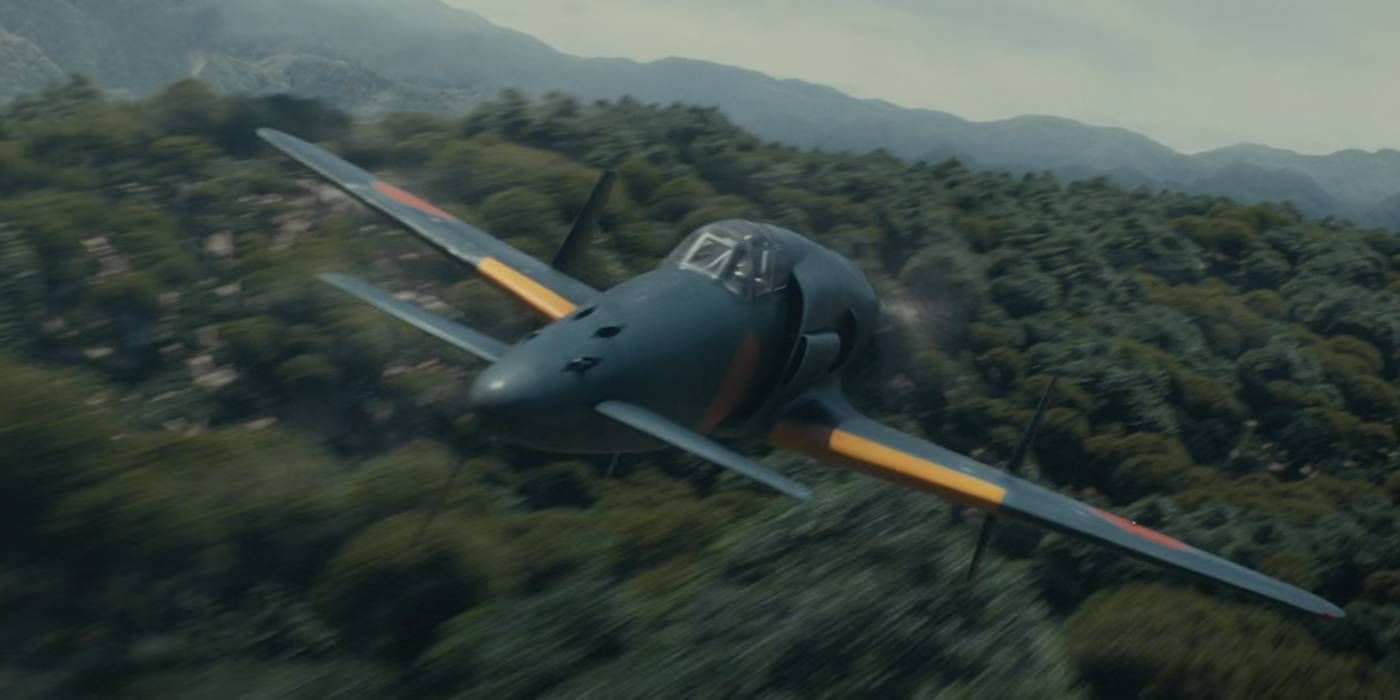
Unlike the loads of other science fiction weapons used against Godzilla, the Kyushu J7W Shinden used by Koichi in the film’s climax was actually a real prototype fighter plane. Unique for its “push” propeller mounted on the back of the vehicle, the J7W did see limited production towards the end of World War II, making it unlikely, but not impossible, for Koichi to get his hands on one in time for the final battle against Godzilla. Additionally, the craft’s instructions give away the twist of Koichi’s survival to anyone who can read German.
As Koichi prepares the craft for the final assault against Godzilla, a warning label in German can briefly be spotted on the seat describing the ejection mechanism, ruining the twist for anyone who speaks German. Unfortunately, this does present something of a historical anachronism for Godzilla Minus One. While Germany did invent ejection seats in 1945, the idea of a Japanese craft getting their hands on the mechanism so soon stretches real-world possibility.
2
Every Warship In Godzilla Minus One Is A Real Vessel
Yamazaki took care to stay true to history
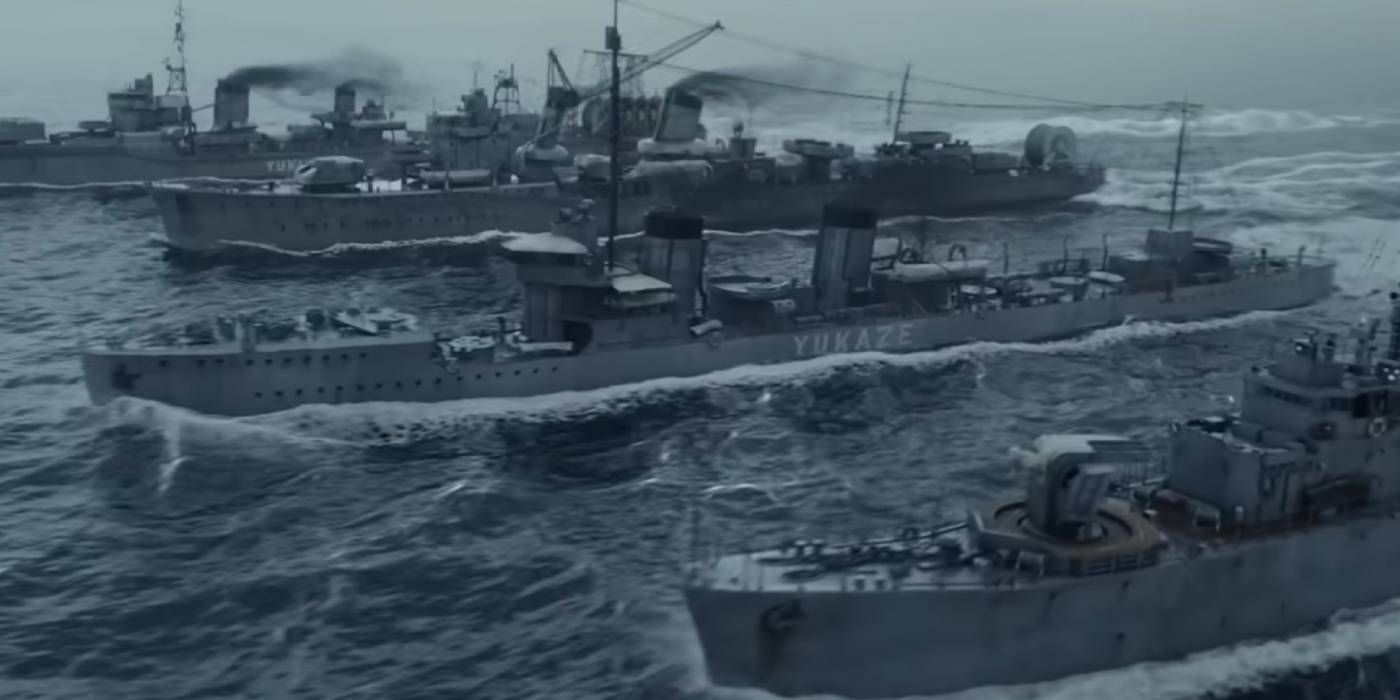
Just like the experimental craft used by Koichi, every major naval vessel that appears in Godzilla Minus One was indeed named after a real ship that somehow survived the chaos of World War II. Most prominently, this includes the Kagerou-class destroyer, Yukikaze, whose captain shows a similar respect for his enemy as its real-world counterpart. But the destroyer is far from the only named ship to be a real World War II survivor.
Other examples include the the Takao-class heavy cruiser Takao, the Akatsuki-class destroyer Hibiki, the Minekaze-class destroyer Yuukaze, the Matsu-class destroyer Keyaki, and the Sokuten-class minelayer Katashima. This exhaustive attention to detail is indicative of director Takashi Yamazaki’s love for World War II history. Yamazaki previously directed the period-piece films The Great War of Archimedes and The Eternal Zero, both of which are at least partially set during World War II.
1
The Irradiated Tricycle References A Real-Life Hirshoma Victim
A child casualty of World War II is immortalized in Godzilla Minus One
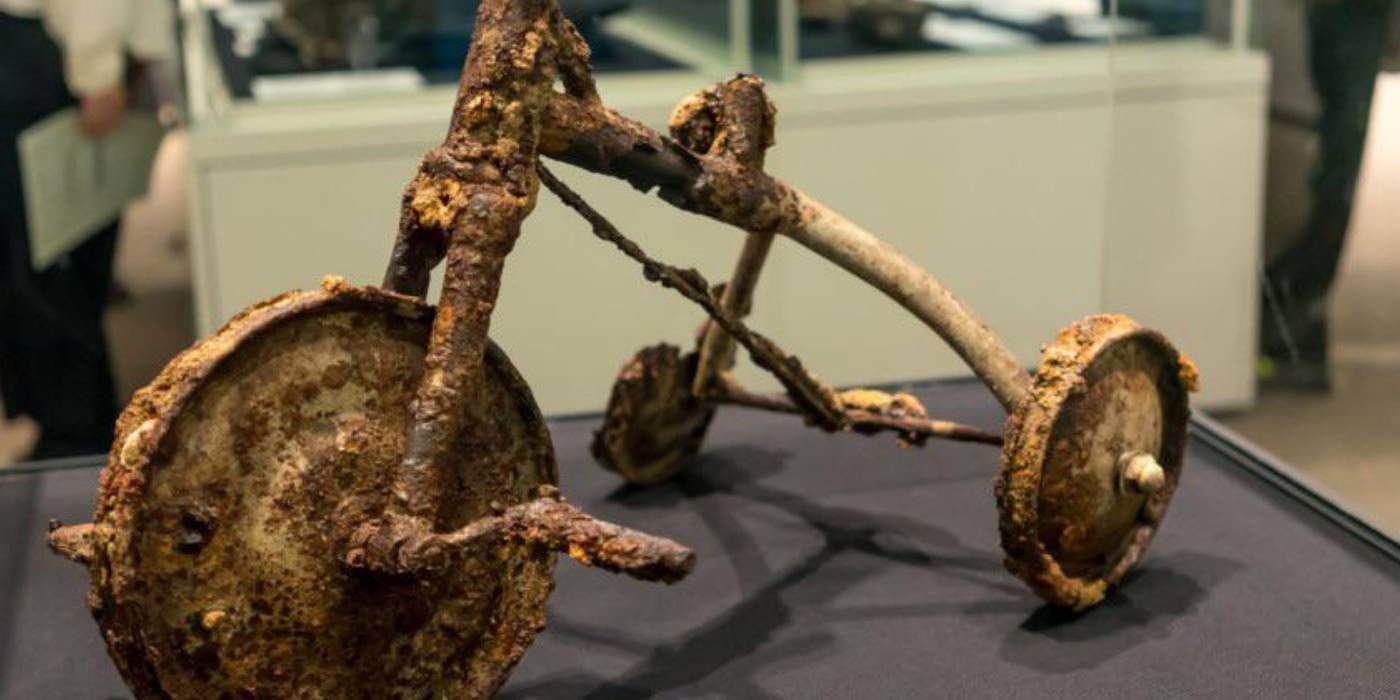
Similarly to the original Godzilla, Godzilla Minus One makes no reservations about its status as a metaphor for nuclear war. Being set even sooner after the detonation of the atomic bombs over Hiroshima and Nagasaki than the first film, Godzilla Minus One draws clear parallels between the destruction caused by its eponymous monster and that caused by the real-life atom bombs. One particularly poignant moment is a reference to some of the most innocent real-world victims.
As ground relief workers scan the remains of Godzilla’s destruction with Geiger counters, they at one point come across a lone tricycle sticking out of the rubble, finding it to be highly irradiated. This is a reference to the famous Shin’s tricycle on display at the Hiroshima Peace Museum, being made to look identical to the tragic real-world artifact. This is by far one of the most potent pieces of imagery created in the entire runtime of Godzilla Minus One.
